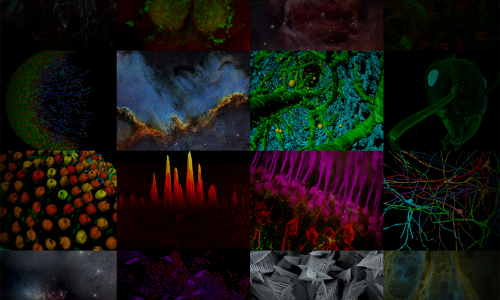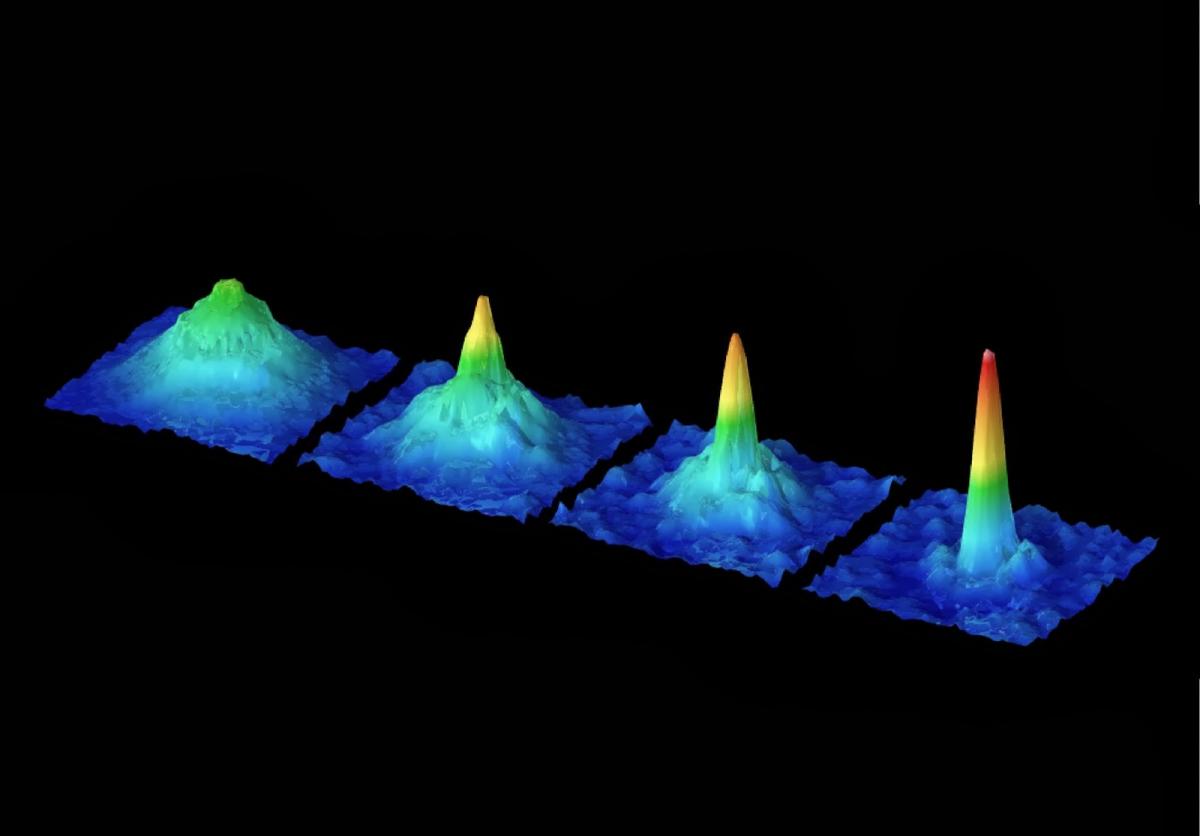
Studies of Quantum Gases, such as Bose-Einstein Condensates (BEC), benefit considerably from advanced detector performance that can image fast dynamics of trapped atoms or ions, held in MOT traps at temperatures close to zero Kelvin. It is often important to image the rapid dynamics of trapped species immediately after the MOT is turned off, allowing fundamental properties of the trapped atom/ion cloud to be elucidated. Furthermore, it can be a requirement to perform fluorescence imaging of small and discrete amounts of trapped atoms.
Oxford Instruments Andor Technology’s market-leading portfolio of EMCCD, CCD and sCMOS detectors offer diverse solutions for imaging of a variety of types of quantum gases, across a range of experimental systems and imaging modalities.
The iKon-M 934 CCD camera with the broadband response ‘BEX2-DD’ sensor option has been widely integrated into experimental systems to study a diverse range of ultra-cold atom and ion clouds using the absorption imaging modality.
- Broad spectral response: UV enhancement, multi-layer anti-reflection coatings and deep depletion technology ensure maximum photon collection, whether imaging Ytterbium or Rubidium.
- Ultra-low noise: Cooling to -100 0C and low read noise ensure minimal noise contribution from the detector, allowing shorter exposure times.
- Fast Kinetics Mode: Imaging bursts enabling microsecond dynamics, allowing the influence of gravity on the atom cloud to be studied immediately after the MOT is turned off.
The iXon Ultra EMCCD camera series has been an extremely popular solution for ultracold atom/ion imaging, presenting flexibility to study via either absorption or fluorescence imaging modalities. Single-photon sensitivity, even under fast frame rate operation, coupled with > 90% QE, enables imaging of very small numbers of trapped atoms.
- Single-Photon Sensitivity and > 90% QE: measure fluorescence from discrete atoms in MOT.
- Flexibility: Operate in CCD mode absorption, or EMCCD mode for fluorescence.
- Fast Kinetics Mode: Imaging bursts enabling microsecond dynamics, allowing the influence of gravity on the atom cloud to be studied immediately after the MOT is turned off.

Measured fluorescence signal from a few atom MOT, as individual atoms enter and leave trap
Related Content
Related Products
 Watch on demand
Watch on demand
 Watch on demand
Watch on demand






